The board game industry is huge. We’re not talking about the classics you probably know of, such as Monopoly, or Risk, but the new modern board games that are coming out all the time. Literally hundreds of board games come out every year.
What appeal do board games have, though? How can cardboard compete against the high-res graphics of a video game?
Well, there’s a few reasons. Board games are tangible – there’s nothing quite like having a physical object to handle, and you can’t get better graphics than real life! They’re social, and excellent for getting groups of people together and talking. Lastly, they’re mechanically attractive. The way the game works is often its strongest selling point .
Granted, this last one sounds like a deterrent more than anything – but think of a board game mechanic as a video game’s genre, such as FPS (First Person Shooter) or RTS (Real Time Strategy). Gamers flock to certain genres because that’s the kind of game they like. In a similar fashion, (board) gamers will gravitate to certain games based on their mechanics (though are definitely not restricted to just one). For the uninitiated, here are some of the mechanics that most games feature:
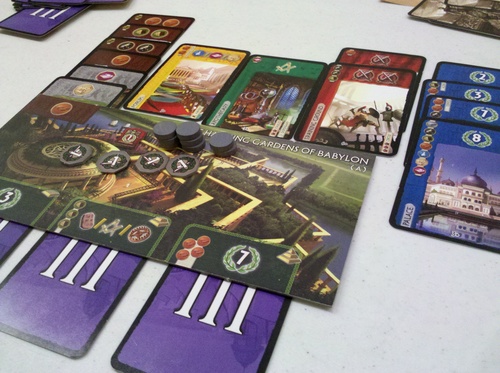 Card Drafting
Card Drafting
Examples: 7 Wonders, Among the Stars, Sushi Go
Card drafting involves everyone picking one card from their hand to play, then passing their entire remaining hand to the person to their left. Drafting continues this way until the hands are depleted.
Cooperative
Examples: Pandemic, Castle Panic
Cooperative play is a fairly familiar concept to gamers. It involves everyone working together against the game itself, instead of against each other. Closer to a mode than a stand-alone mechanic, cooperative play is still game-defining.
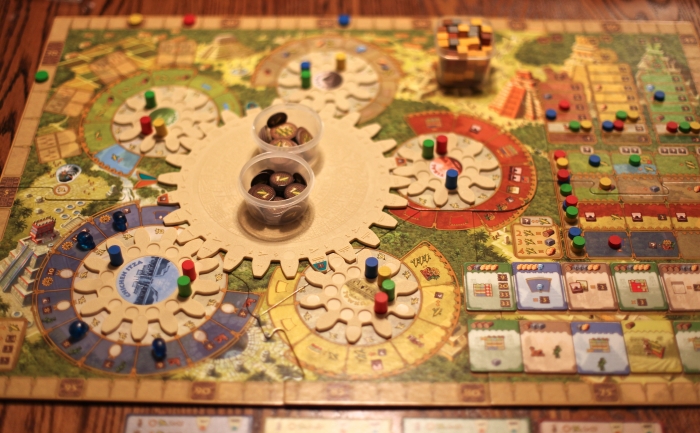 Worker Placement
Worker Placement
Examples: Stone Age, Tzolk’in: The Mayan Calendar, Lords of Waterdeep
This mechanic uses tokens, representing your workers (typically meeples, small person-shaped pieces of wood), which you place on certain places on the board to take an action depicted there.
Dungeon Crawl
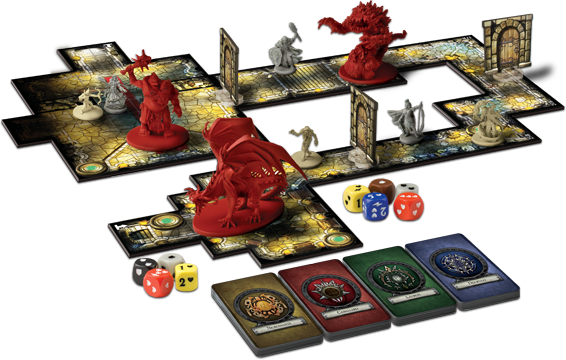 Examples: Descent, D&D: Temple of Elemental Evil, Shadows of Brimstone, Star Wars Imperial Assault
Examples: Descent, D&D: Temple of Elemental Evil, Shadows of Brimstone, Star Wars Imperial Assault
These games mimic a Dungeons & Dragons campaign, but are self-contained, and (usually) playable in one session. Some feature a “campaign” option, where you can play several different sessions of the game across a single story arc.

Deck Building
Examples: Dominion, Star Realms, Ascension, Mystic Vale
Deck-building is perhaps the toughest concept to explain to the uninitiated, even to board gamers. These games are about building a deck of cards, but unlike the CCGs below, the game itself is building the deck. You use the cards in your initially small deck to ‘buy’ more cards to put in your deck, which in turn let you buy more powerful cards.
Collectible Card Games (CCG’s)
Examples: Magic the Gathering, Pokémon
This is a well-known type of game – even non-board gamers play (or at least know of) Magic the Gathering. These games involve building your deck (outside of the game) with cards purchased or traded for. You then pit your deck against other players’ creations in either casual or tournament play. It should be noted that there were a lot of CCG’s in the mid 90’s… most of which failed. However, Fantasy Flight Games have converted some of these into LCG’s (Living Card Games), which remove the “collectible” part by specifically setting the cards available equal for everyone – including the Star Wars Card Game, and the popular Android: Netrunner.
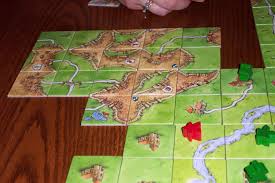 Tile Placement
Tile Placement
Examples: Carcasonne, Alhambra, Castles of Mad King Ludwig
These games feature laying tiles down (usually connecting to each other) to “build” a map in your favor. Usually very simple games, but no less fun.
Board games aren’t just boards and pieces…
While these are certainly the most common mechanics, they’re far from the only ones — and plenty of titles combine multiple mechanics in a single game.
Intrigued? Then I have good news! There are undoubtedly places near you that either host board gaming, or at least provide demos for you to try. There are also several websites (such as BoardGameArena) that offer free to play versions of well known board games online, and some even offer tutorials to get you started.
If all else fails, YouTube is an excellent way to learn a new board game and see it played. Some recommended YouTubers:
Enjoy, and play more games!


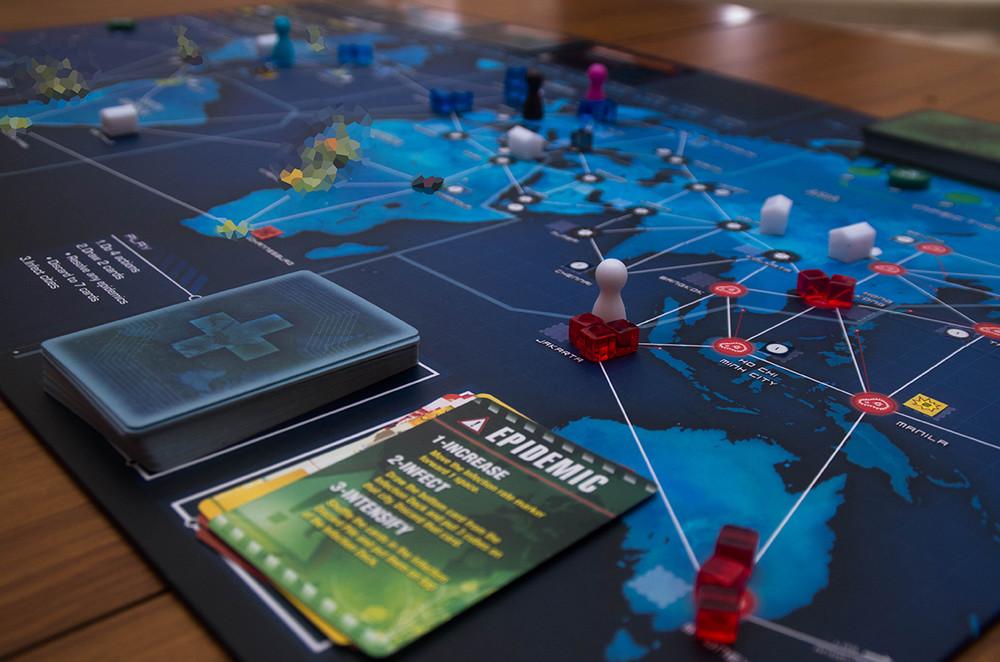





Published: Oct 20, 2016 06:26 am